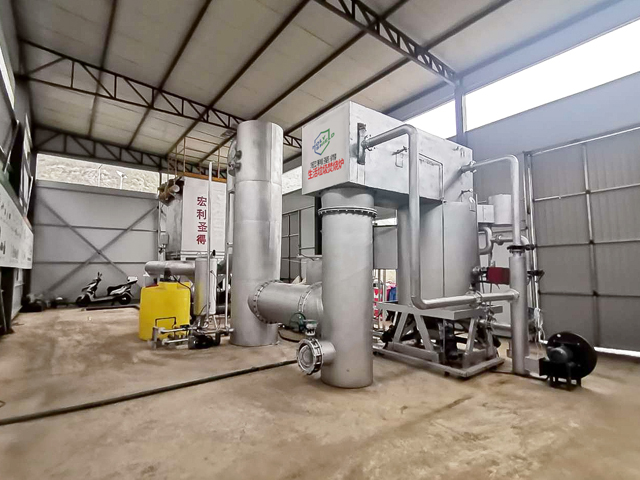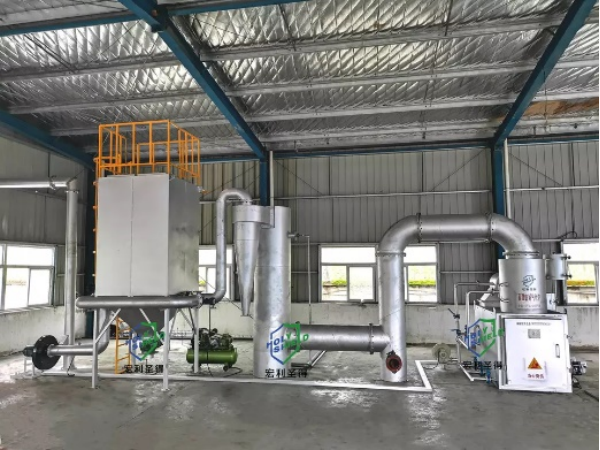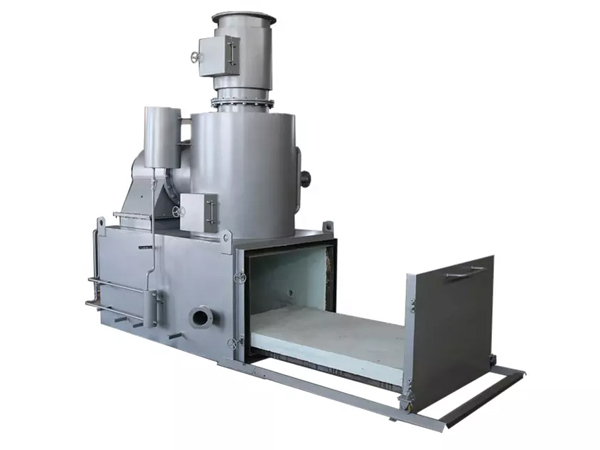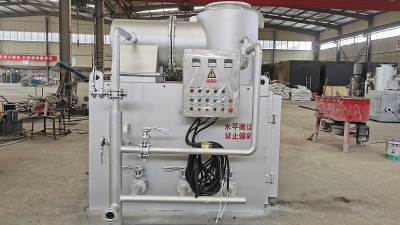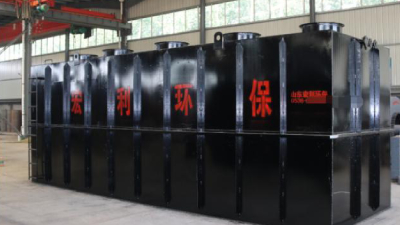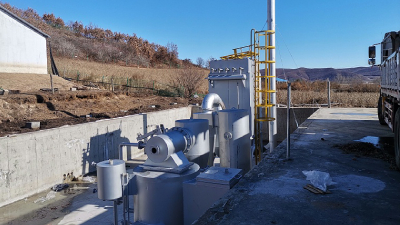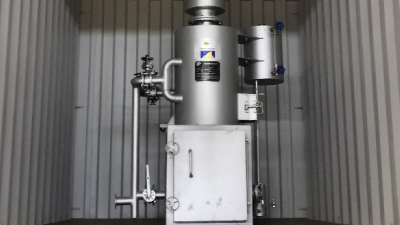Basic principles of domestic waste incinerator design?
The waste needs to be burnt completely according to the specified incineration temperature and sufficient residence time in the furnace. This requires selecting a suitable hearth, reasonably designing the shape and size of the furnace, increasing the opportunity for the waste to come into contact with oxygen, so that the water vapor can easily evaporate and accelerate the combustion during the incineration process of the waste, and the flow rate and direction of the air and combustion gas are controlled. , so that the gas can be uniformly mixed.
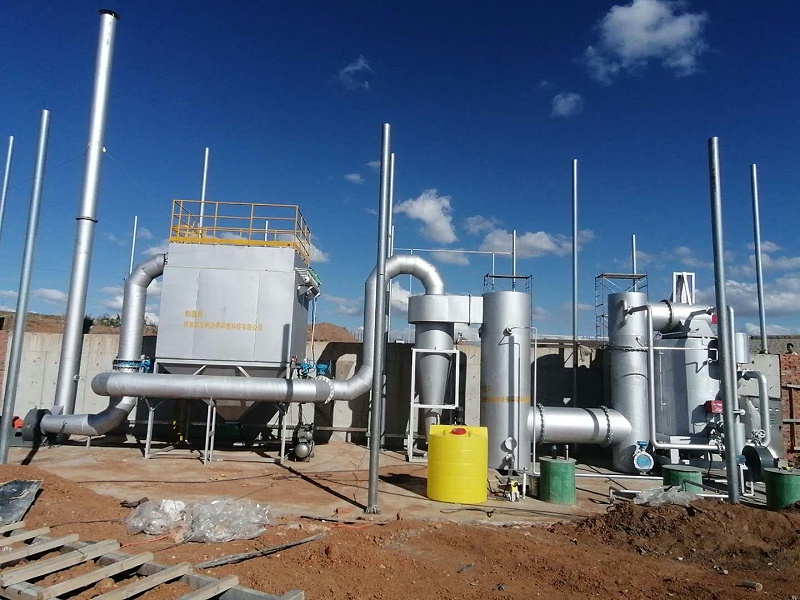
How to choose the furnace type?
The first thing to look at is whether the combustion type of the selected furnace type (controlled gas or peroxy combustion) is suitable for the nature of all the wastes to be treated. Generally speaking, peroxy combustion incinerators are more suitable for incinerating non-flammable wastes or wastes with relatively stable combustion, such as wood chips, garbage, paper, etc.; while gas-controlled incinerators are more suitable for incinerating flammable wastes, such as plastics , rubber and polymer petrochemical waste, etc.; mechanical grate incinerators are suitable for the treatment of municipal waste, while rotary kiln incinerators are suitable for the treatment of hazardous wastes.
In addition, factors such as the structure of the combustion chamber, the airflow pattern, the air supply method, the quality of the stirring performance, whether there will be a short flow or the bottom ash will be easily disturbed, etc., must also be considered. The direction of the airflow in the incinerator depends on the type of incinerator and the characteristics of the waste.
Holy Shield has 16 years of production and R&D experience and is a professional incinerator manufacturer. It has an independent technical research and development team, constantly innovating incineration technology, and has obtained 30 patent certifications. Our ability can better help you solve the problem of waste disposal and discharge standard, leave your confusion, we will answer you quickly.
